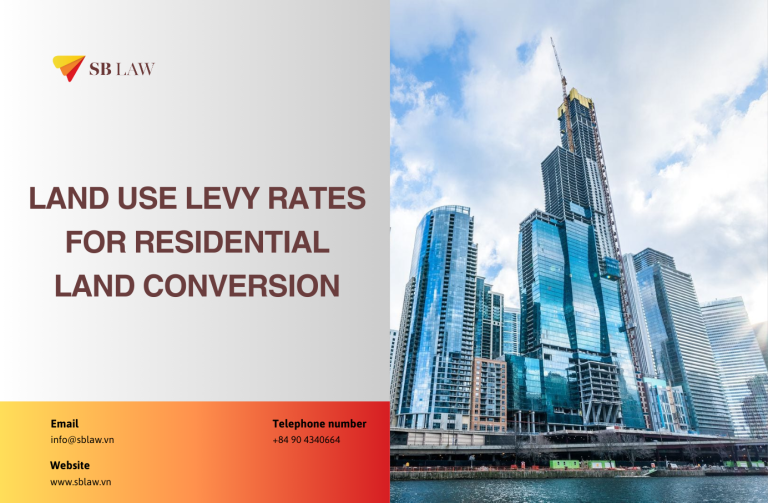1. Water Supply:
The lack of clean water is one of Vietnam’s most pressing environmental concerns. At present, it is estimated that only about 70 percent of the Vietnamese population has access to potable water. A high rate of water loss, averaging 27 percent equivalent to 1.8 million cubic meters per day, further aggravates the problem. In order to improve upon this situation, the Prime Minister issued Decision 1929/QD-TTg on approval of the “Orientation for Development of Water Supply in Vietnam’s Urban Centers and Industrial Parks Leading to 2025, and Vision for 2050” and Decision 2147/QD-TTg on approval of the “National Unaccounted-for Water and Non-revenue Water Reduction Program to 2025”. These decisions set a target of supplying clean water to all urban cities, towns, and limiting the rate of water loss in these cities to less than 15 percent by 2025. By 2050, all urban cities, towns, and industrial parks will be supplied in a stable manner with higher quality services.
According to a World Bank report, Vietnam has 86 water supply enterprises and nearly 500 water supply systems producing 5.8 million cubic meters per day for urban consumption, but this only meets about 77 percent of demand.
2. Waste water
In addition to water supply, one of the most pressing environmental concerns, and a top government priority, is drainage and sewage. Due to rapid and ongoing urbanization and industrialization, improved municipal and industrial wastewater treatment has emerged as a critical need. The total investment required to meet sewage and drainage system needs throughout the country is estimated to be two to three times that of the total investment for water supply projects.
According to the “Orientation for Development of Water Sewage and Drainage Systems in Vietnam’s Urban Centers and Industrial Parks Leading to 2025, and Vision for 2050”, by 2025 all urban cities class IV and above will have centralized municipal wastewater treatment and collection systems; 70-80 percent of municipal wastewater will be collected and treated properly and all traditional handicraft villages will have centralized or decentralized wastewater treatment facilities. By 2050, all urban cities class IV and above will have storm water discharging systems as well as wastewater treatment systems. The Vietnamese government will give priority in using ODA funds to developing urban water drainage systems, especially in major cities and in areas that are prone to natural calamities. The Vietnamese government also encourages funding from both domestic and foreign individuals and institutions in developing water drainage and wastewater treatment systems.
Class I cities: population > 3 million
Class II cities: populations between 1 million - 3 million
Class III cities: population < 1 million
Class IV & V cities: considered as small provinces, cities, and towns
Source: https://dautunuocngoai.gov.vn/news/92/Water-Supply-Sewerage-Waste-Management/en




